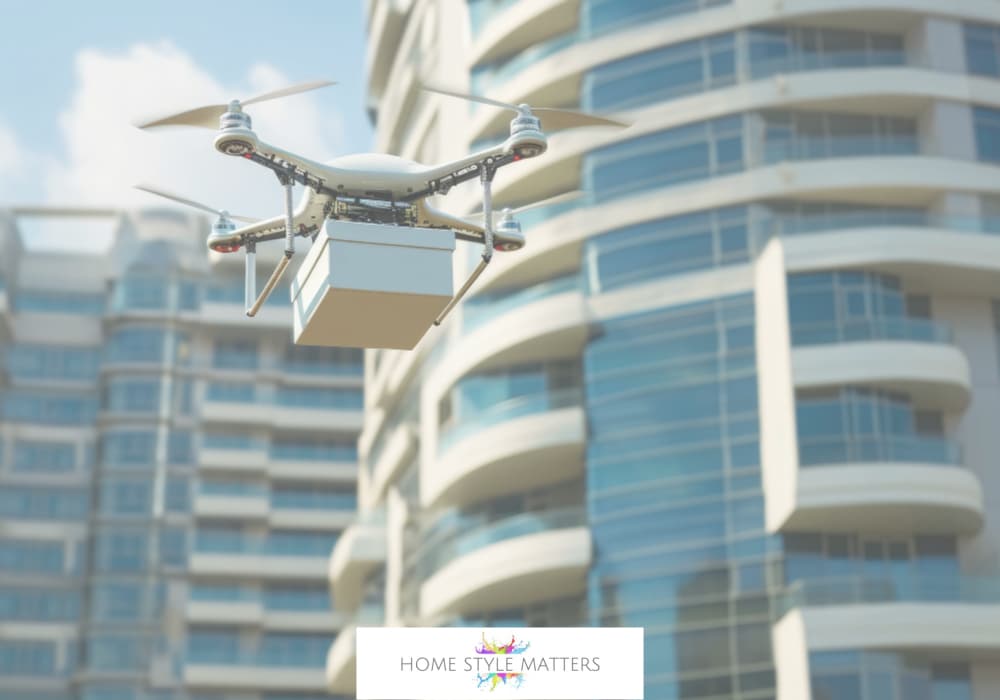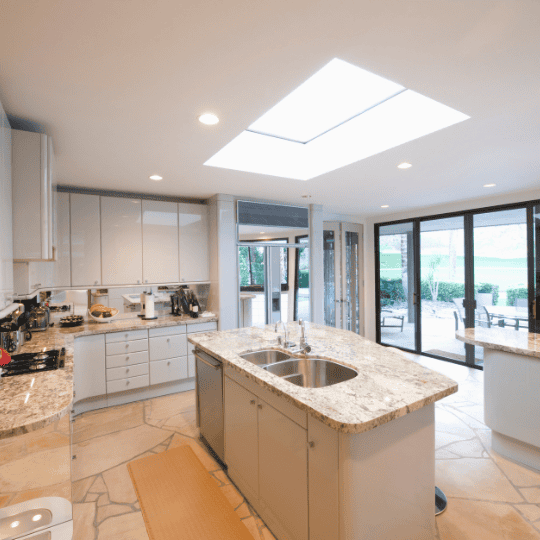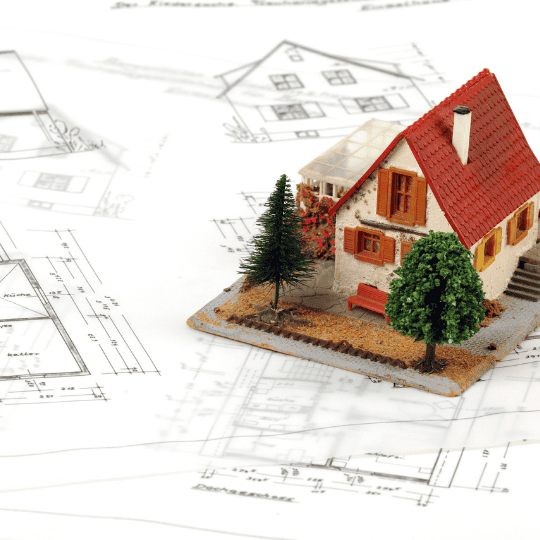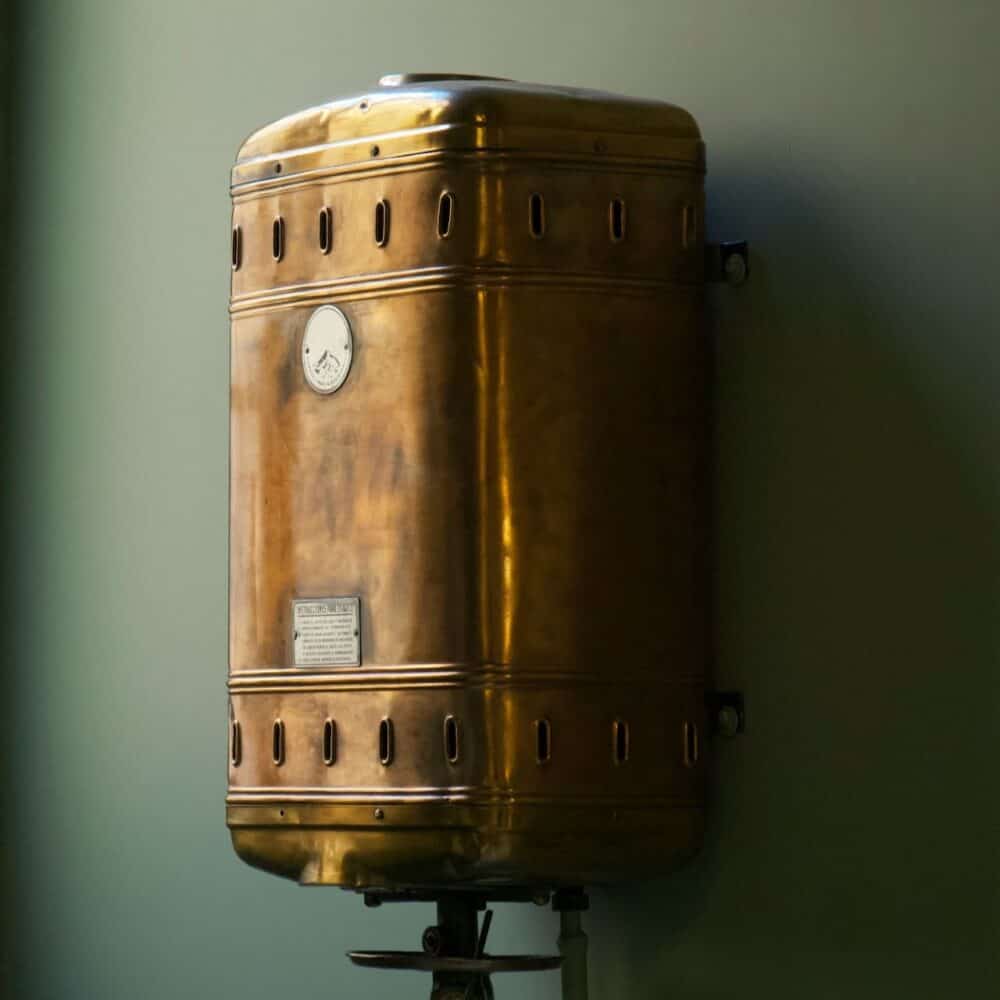Drone Technology and the Future of Commercial Building Surveys
Table of Contents
From film sets to farming, drones have changed the way we see the world. Now, they’re taking off in the property and construction industries, literally. Once limited to hobbyists or aerial photographers, drone technology is fast becoming an essential tool for inspecting, maintaining and managing commercial buildings. What used to take hours of manual labour and risky access work can now be done in minutes from the ground, with unparalleled accuracy.
For landlords, developers and tenants, this shift means faster insights, reduced costs and safer working conditions. For surveyors, it’s nothing short of a revolution that’s reshaping how buildings are understood, maintained and valued.
From Clipboards to Clouds: How Surveying Has Evolved
Building surveying has always relied on precision, patience and perspective. Traditionally, this meant boots on roofs, ladders on walls and clipboards full of handwritten notes. While effective, it was often time-consuming, labour-intensive and sometimes dangerous. Accessing difficult areas like roofs, towers or façades required scaffolding or elevated platforms, adding both cost and complexity.
Then came drones: small, agile aircraft equipped with high-resolution cameras and sensors capable of capturing detailed imagery from above. With a single flight, surveyors can now record hundreds of photos, create 3D models and assess hard-to-reach structures with minimal disruption. What once took days now takes hours, and the level of detail far exceeds what the human eye could safely achieve.
In a world where efficiency, accuracy and safety are paramount, drone-assisted surveying has become a logical evolution of the profession.
The Rise of Drone Technology in Commercial Property
Drones are transforming the commercial property landscape across the UK. Equipped with thermal imaging, LiDAR scanning and photogrammetry software, these small aircraft are capable of capturing intricate details invisible to the naked eye. Cracks, leaks and structural weaknesses can be identified from hundreds of feet away, long before they become costly problems.
For developers, drones offer real-time site monitoring, progress reports and visual records that enhance communication between contractors, investors and clients. For landlords and tenants, drone inspections mean less downtime and more confidence when buying, selling or leasing property.
The Royal Institution of Chartered Surveyors (RICS) has even begun integrating drone practices into its guidance, recognising their growing importance in delivering professional, data-driven building advice. As adoption continues, drones are becoming a standard part of the modern surveying toolkit rather than a novelty.
Benefits That Go Beyond Speed
Speed is only one advantage. Drone technology also brings safety, precision and sustainability to the forefront of commercial building surveys.
For any commercial building surveyor, drones now offer an unparalleled level of accuracy and safety, transforming how inspections and reports are delivered. They eliminate the need for surveyors to climb scaffolding or access hazardous areas, significantly reducing risk. High-resolution imagery captures defects, materials and measurements in exceptional detail, ensuring no feature goes unnoticed.
At the same time, fewer site visits and reduced equipment requirements mean lower carbon emissions, a small but significant step toward more sustainable property management. For clients, this translates into clearer insights, faster turnaround times and, ultimately, more confident investment decisions.
Real-World Applications: Where Drones Are Making an Impact
The practical uses of drones in commercial building surveys are expanding rapidly. One of the most common applications is roof inspections. Instead of erecting scaffolding or hiring cherry pickers, surveyors can deploy a drone to capture high-resolution images of every corner and joint. From identifying cracked tiles to spotting early signs of water ingress, this method saves both time and money while maintaining exceptional accuracy.
Drones also play a vital role in surveying historic or heritage buildings, where access is limited and structure sensitivity is high. The ability to assess façades, towers and chimneys without physical contact protects the integrity of the building while still providing detailed visual data.
For developers, drone footage offers a valuable project management tool. Live site monitoring allows stakeholders to track progress remotely, confirm compliance and record evidence for funding or planning requirements. In all these examples, the technology supports faster decisions and fewer surprises, the cornerstones of effective property management.
Data Is the New Blueprint
Modern drones aren’t just cameras on propellers. They’re data-gathering machines capable of producing 3D models, thermal scans and volumetric calculations. Using techniques such as photogrammetry and LiDAR, they generate highly accurate representations of buildings that can be integrated directly into Building Information Modelling (BIM) systems.
This integration marks a shift from visual inspection to predictive insight. Surveyors can now use drone-captured data to track deterioration over time, compare materials and even anticipate maintenance needs before issues arise. For investors and property managers, this means greater certainty in budgeting and long-term asset planning.
Ultimately, the technology doesn’t replace human expertise, it enhances it. The true value still lies in the professional interpretation of that data, turning pixels and point clouds into practical recommendations for clients.
Challenges and Responsibilities
Despite their many advantages, drones present new challenges for the surveying profession. Operators must hold the correct Civil Aviation Authority (CAA) permissions and follow strict rules on airspace, privacy and data handling. Weather conditions can also limit flights, particularly in the North West’s famously unpredictable climate.
These factors highlight why businesses should always work with qualified professionals who combine technical surveying knowledge with safe and compliant drone operation. The tool is only as effective as the expertise behind it.
The Future of Commercial Building Surveys
As technology continues to evolve, drones are expected to become even more intelligent and autonomous. Artificial intelligence will soon allow drones to detect defects automatically, while real-time cloud reporting will provide instant results from the field. Data from drone surveys may soon feed directly into digital twins, virtual models of buildings that update continuously as the real-world structures change.
It’s an exciting vision: safer, smarter, more sustainable surveying that keeps clients informed and assets protected. Yet even in a high-tech future, the role of the surveyor remains central, guiding technology with judgment, experience and trust.
The Sky’s the Limit
Drone technology is redefining what’s possible in commercial building surveys. It delivers faster results, richer data and safer working practices, giving clients the confidence to make informed property decisions. But while drones can see more, it’s the commercial building surveyor who understands what those images mean, turning information into insight and buildings into better investments.




